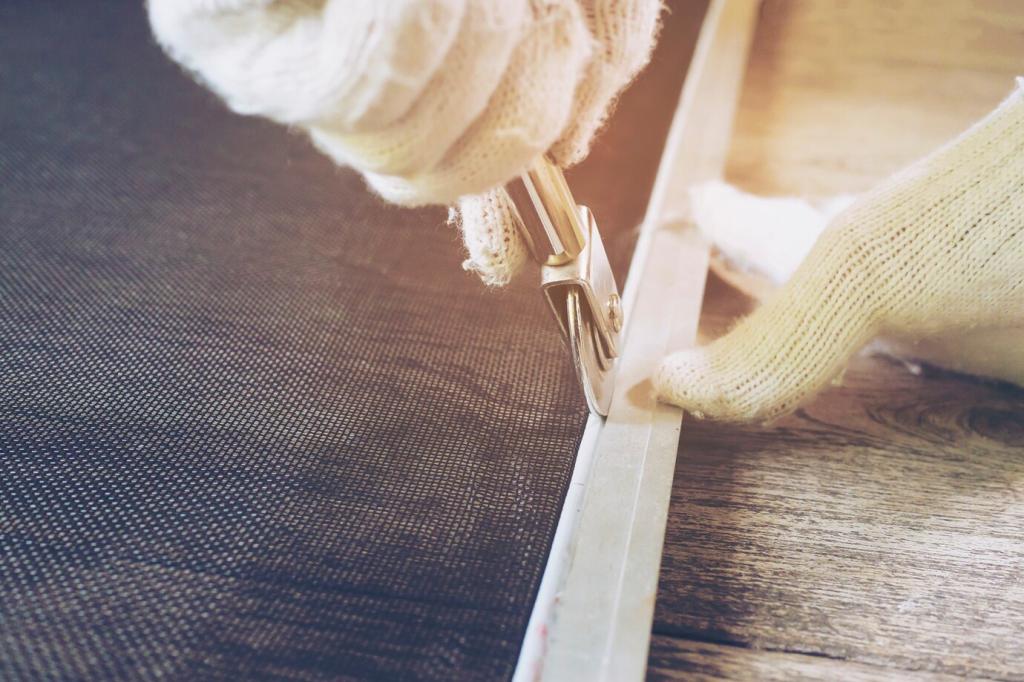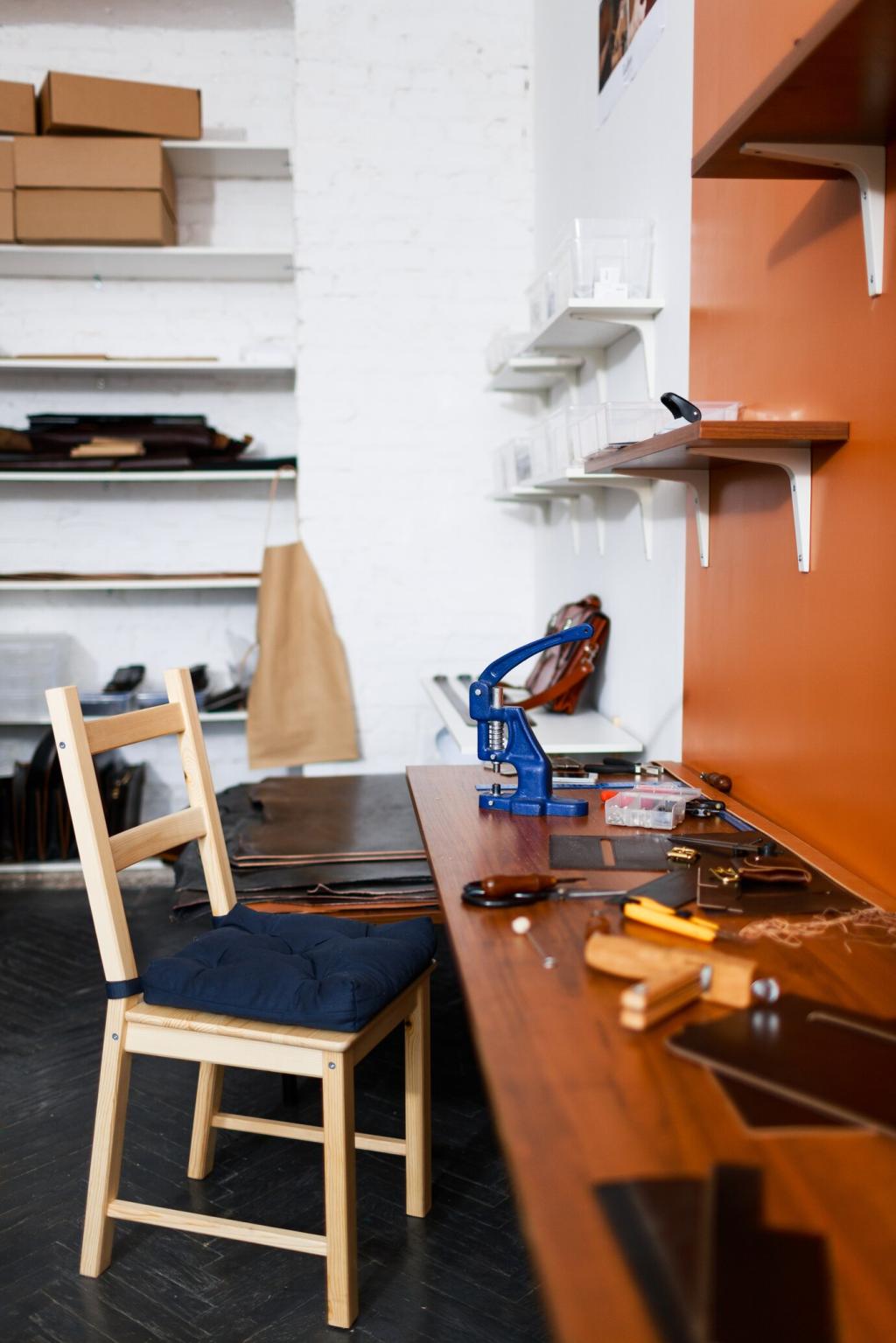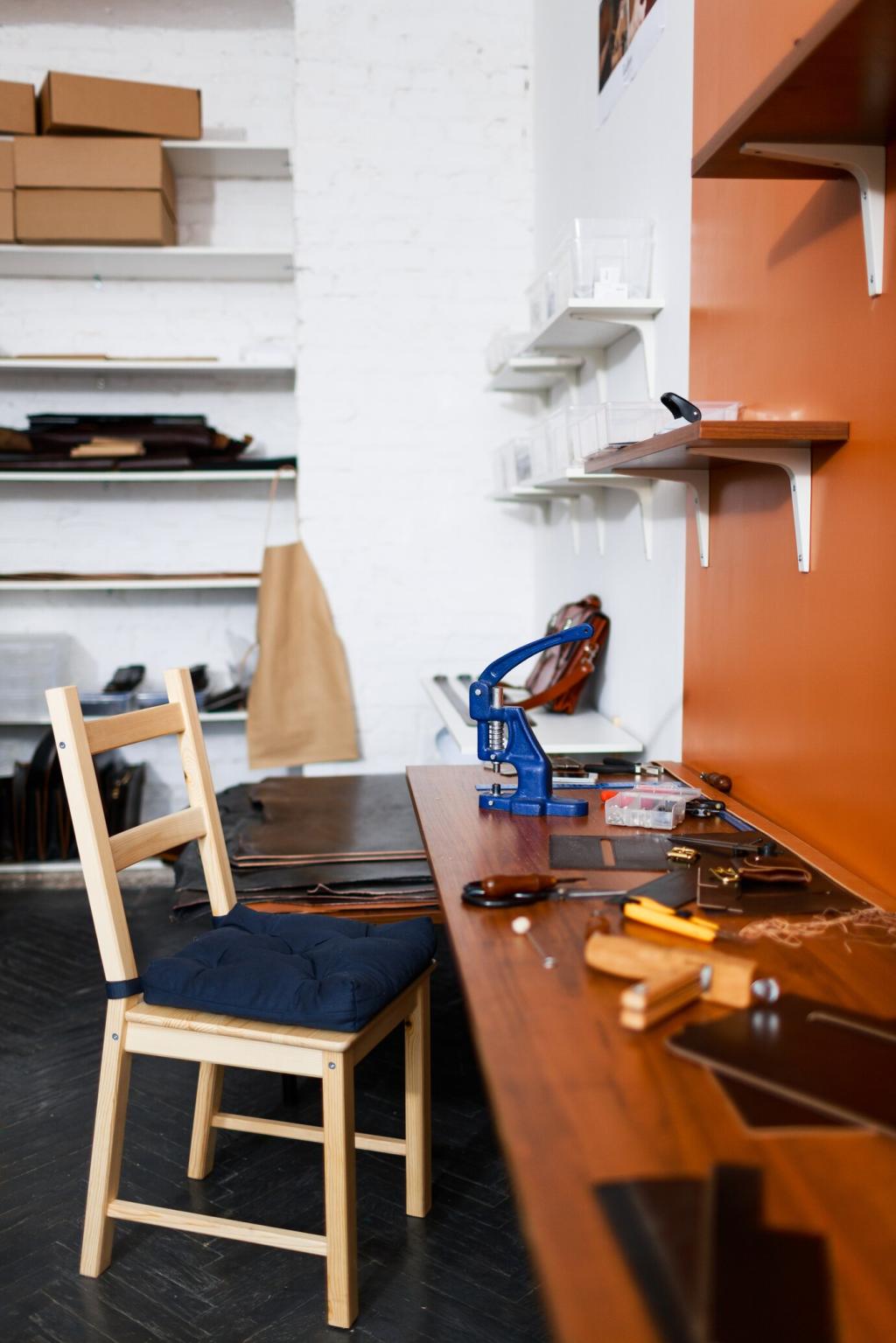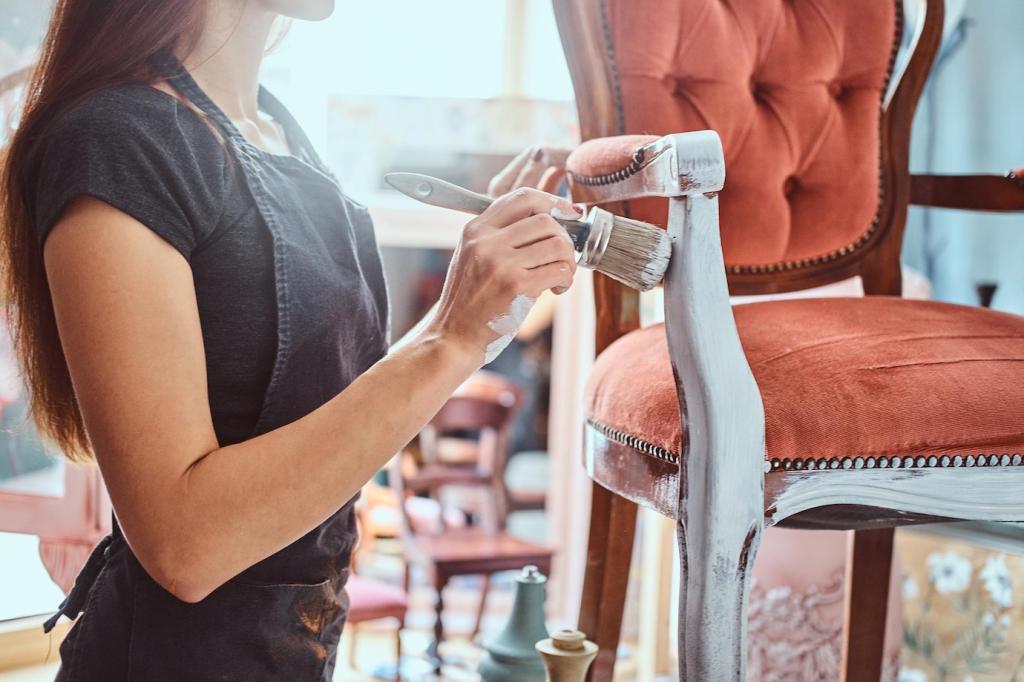Invisible Shields: Throws, Interliners, and Thoughtful Hardware
Choose tightly woven natural fibers that release moisture and dust, not plastic-backed covers that trap condensation. Tailored armcaps and headrest cloths protect high-contact spots without shouting. Preventing wear on vintage upholstery starts with invisible guardians you remove for guests. What fabrics do you prefer?
Invisible Shields: Throws, Interliners, and Thoughtful Hardware
Under-cushion interliners and seat deck muslin reduce friction between layers and catch grit before it migrates. They also make cleaning easier. Preventing wear on vintage upholstery benefits from these quiet workhorses you rarely see. Share any patterns or tutorials you recommend for custom fits.




